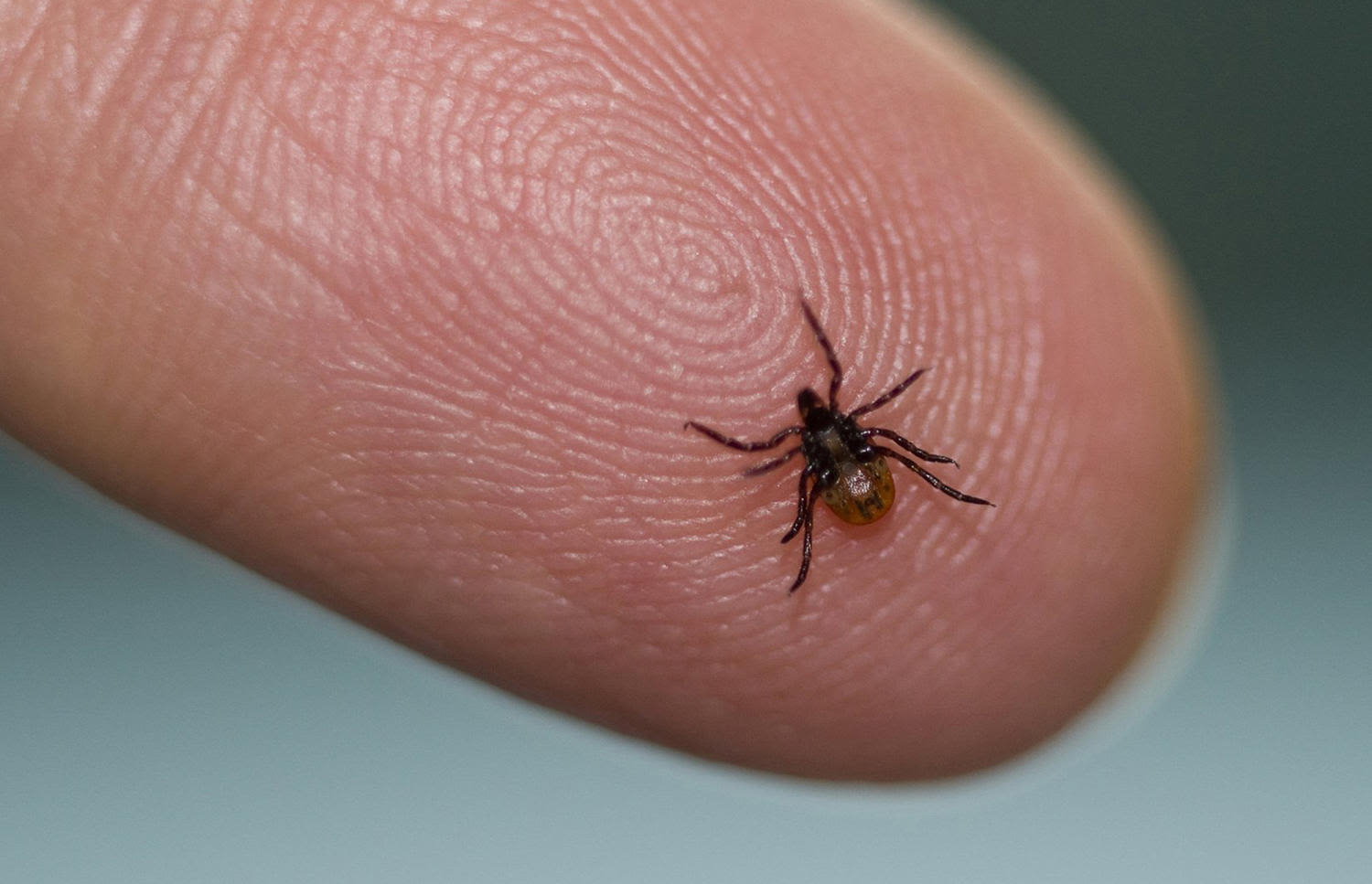Search results
Signs of an Infestation. How to Get Rid of American Dog Ticks. Find a PEST PRO in your area. Looking for more information on American dog tick bites and diseases? PestWorld.org are experts on identifying American dog ticks and how to treat a bite.
Oct 14, 2022 · Last Reviewed: October 14, 2022. Source: Centers for Disease Control and Prevention, National Center for Emerging and Zoonotic Infectious Diseases (NCEZID), Division of Vector-Borne Diseases (DVBD) Information on ticks and tickborne disease. Provided by the U.S. Centers for Disease Control and Prevention.
Although there are at least 15 species of ticks in North America, only a few of these species are likely to be encountered by your dog. They include American dog tick, lone star tick, deer or black-legged tick, and brown dog tick. Other tick species may be encountered in various regions.
Mar 26, 2024 · The most important tick-borne diseases that affect dogs are Lyme disease, Ehrlichiosis, Anaplasmosis, Rocky Mountain Spotted Fever, Babesiosis, Bartonellosis, and Hepatozoonosis. All can have...
News about Michigan, ticks, tick bites
News about Canadian veterinarian, blind dog, ticks
Also in the news
Step 1: Scan for ticks. Start by running your fingers slowly over your dog's entire body. If you feel a bump or swollen area, check to see if a tick has burrowed there. Don't limit your search to your dog's torso. Check between their toes, around their legs, the insides of their ears and all around their face, chin and neck. Step 2: Is it a tick?
Sep 21, 2020 · Brown dog ticks spread the bacteria that causes Rocky Mountain spotted fever in some parts of the southwestern United States and Mexico. Click here for printable version [PDF – 180 KB] Ticks can feed on mammals, birds, reptiles, and amphibians. Most ticks prefer to have a different host animal at each stage of their life, as shown below:
Dermacentor variabilis (Say), also known as the American dog tick or wood tick, is found predominantly in the United States, east of the Rocky Mountains, and as its name suggests, is most commonly found on dogs as an adult. The tick also occurs in certain areas of Canada, Mexico and the Pacific Northwest of the U.S. (Mcnemee et al. 2003).

